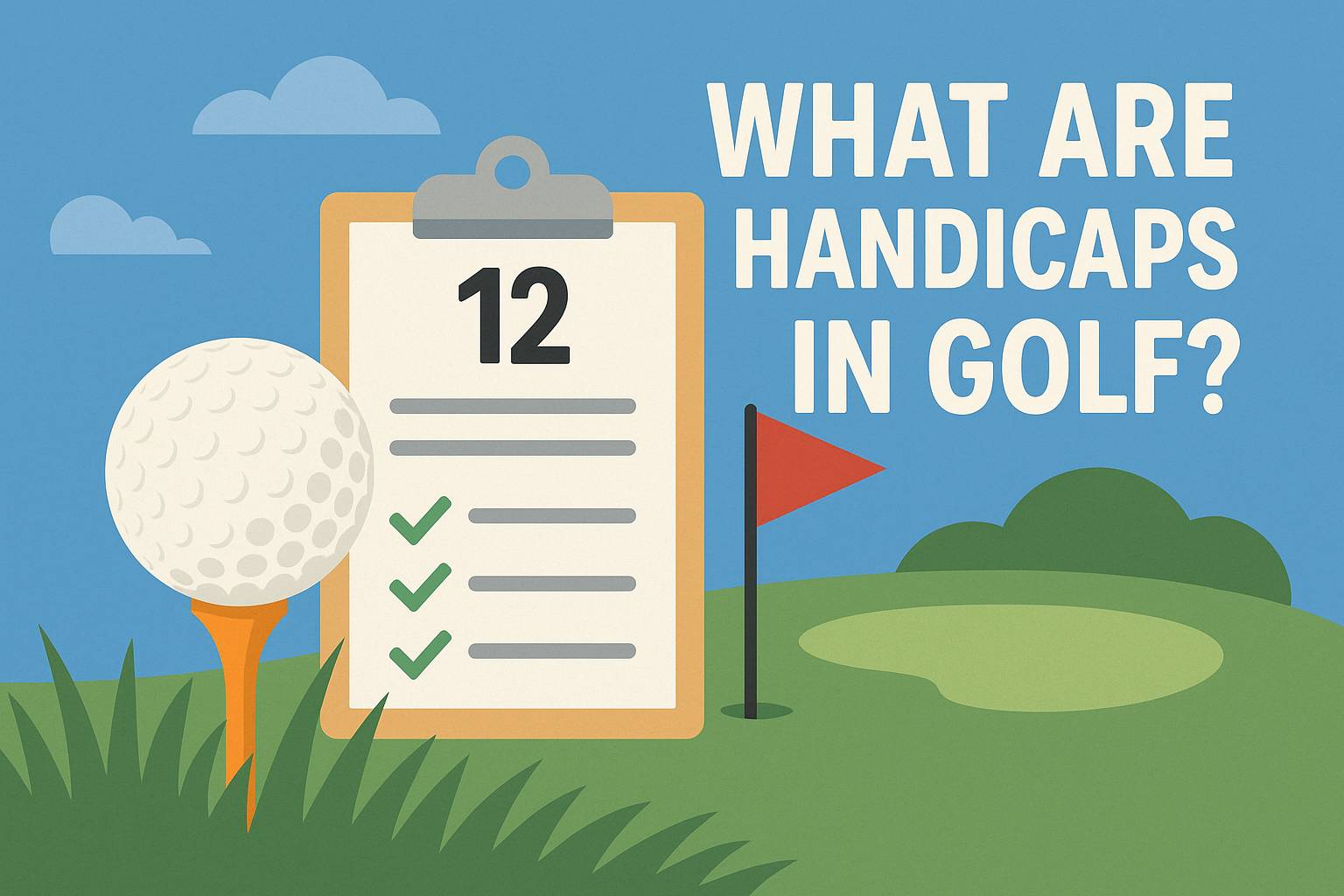In the world of golf, various terms are used to reflect a player’s performance on each hole. One of the most commonly encountered terms, especially among amateur golfers, is bogey. This term is used when a golfer completes a hole with one stroke more than the designated par for that hole.
For example, if a hole is marked as par 3 and a player takes four strokes to complete it, the result is called a bogey. In golf scoring systems, this is typically written as +1, indicating one stroke over par.
Bogey plays a significant role in golf—not only as a score indicator but also as a reflection of playing strategy, player experience level, and mental approach to challenges on the course. While it’s often viewed as a shortcoming or failure to reach par, in practice, a bogey is not necessarily bad, especially for recreational or beginner players.
A solid understanding of what a bogey is can help players strategize, evaluate their performance, and set realistic scoring goals according to their skill level. This GoGolf article will explain the concept of bogey, give practical examples, and offer insights on how to deal with it in both amateur and professional contexts.
Technical Explanation: What Is a Bogey in Golf?
Technically, a bogey is a score that is one stroke above par on a given hole. Par is the standard number of strokes set by the golf course management, indicating how many strokes an average-skilled golfer should take to complete the hole.
Examples:
- Par 3 hole → completed in 4 strokes → score is bogey
- Par 4 hole → completed in 5 strokes → also a bogey
- Par 5 hole → completed in 6 strokes → still a bogey

In tournaments and scorecards, bogey is marked as +1, meaning one extra stroke than ideal. If a player completes a hole with two strokes over par, it’s called a double bogey (+2), and so on.
Bogeys can occur for many reasons—from poor swing mechanics and tough weather conditions to flawed strategic decisions. Thus, understanding bogeys also involves analyzing contributing factors and how to respond to them in future play.
For golf education and coaching, bogey is a foundational concept when introducing the scoring system. Knowing what a bogey is allows beginners to objectively assess their performance and track their improvement over time.
[ Read also: Key Golf Terms Every Golfer Should Know ]
Case Examples: When and How Bogeys Happen
To fully understand bogeys, it’s helpful to look at practical case studies based on hole conditions and stroke sequences. Below are typical scenarios where bogeys occur, along with strategic implications.
Case Study 1: Par 4 Hole
A par 4 hole implies that a golfer should ideally complete it in four strokes:
- Tee shot (1st stroke): Lands in the fairway, about 220 yards away
- Approach shot (2nd stroke): Misses the green, ends up in rough or bunker
- Chip shot (3rd stroke): Brings ball near the green
- First putt (4th stroke): Still too far to hole
- Second putt (5th stroke): Ball goes in
Result: Bogey (+1) with five strokes.
Case Study 2: Par 3 Hole
Par 3 holes are usually shorter and require just one stroke to the green and two putts:
- Tee shot: Slightly off-target, lands in the fringe
- Chip: Gets close to the pin but not enough for one-putt
- First putt: Misses
- Second putt: Sinks in → Bogey
Case Study 3: Par 5 Hole
Par 5 allows more room for strategic play:
- First three shots successfully bring the ball near the green
- 4th stroke (chip shot) overshoots the pin
- First putt misses
- Second putt goes in
Result: Six strokes total = Bogey (+1)
In each case, bogeys are caused by different factors—slight accuracy errors, overly aggressive strategies, or temporary lapses in physical or mental execution. Post-round performance reviews are crucial for understanding and improving future play.
[ Read also: What Is a Tee Off in Golf and Why It Matters ]
Is a Bogey Always Bad? Amateur vs. Pro Perspectives
In many cases—especially among beginners—the term “bogey” carries a negative connotation. It’s often seen as a failure to meet par. However, this perception doesn’t hold up when we consider player skill level, course conditions, and personal goals.
Amateur Perspective: Bogey Is a Reasonable Score
For amateur or recreational players, scoring a bogey on most holes is actually a sign of progress. The term bogey golf refers to a playing style where the player aims to average one bogey per hole. On an 18-hole course with a par of 72, a bogey strategy would lead to a final score of 90—a respectable result for many amateurs.
Bogey golf sets realistic expectations and eases mental pressure, allowing players to focus on skill development. Many golf coaches even encourage beginners to aim for bogeys before chasing consistent pars or birdies.
Professional Perspective: Bogey Must Be Avoided
On the other hand, for professionals, bogeys should be minimized or avoided entirely. In elite tournaments, competition is so tight that a single stroke can drastically affect leaderboard positions.
Pros are expected to play “under par,” which means accumulating more birdies than bogeys. If a bogey happens, it needs to be quickly offset by a birdie to stay competitive.
Even world-class players like Rory McIlroy, Jon Rahm, or Scottie Scheffler make bogeys—but the difference is they know how to recover mentally and strategically in the next hole.
Situational Context: Bogey Can Be Acceptable
Bogeys can also be acceptable outcomes, depending on course difficulty and conditions. For example, if a hole has multiple hazards and strong winds, settling for bogey might be a wise choice, rather than risking a double bogey or worse with overly aggressive play.
Make golf booking effortless. Install GoGolf now!
Strategies to Manage and Reduce Bogeys
Although bogeys aren’t always bad, many players still aim to reduce their frequency. Doing so requires a combination of technical skill, strategic planning, and mental control on the course. Here are some tips to help you lower your bogey count during a round:
1. Prioritize Accuracy Over Distance
A common mistake is focusing too much on hitting the ball far from the tee. Long but inaccurate shots that miss the fairway often lead to bogeys. Focus your practice on precise shots with irons, hybrids, or fairway woods that are easier to control.
2. Master the Short Game
Most bogeys result not from bad tee shots, but from failures in short game execution—like poor chipping or missed putts. Sharpening your skills within 100 yards of the green can help avoid unnecessary extra strokes.
3. Make Strategic Decisions Based on Ability
When faced with a challenging hole, it’s smart to play conservatively if conditions don’t support an aggressive approach. Laying up to avoid hazards and setting up a safer approach shot is often better than trying to reach the green in one and ending up in a bunker or thick rough.
4. Review and Analyze Post-Round
Scoring is not just about numbers; it’s also a valuable evaluation tool. After your round, take time to analyze which holes resulted in bogeys and why. Was it poor club selection? A missed fairway? Weak putting? Identifying the root causes helps you make targeted improvements.
5. Stay Mentally Focused and Emotionally Steady
Golf is a mental game. One bogey shouldn’t ruin your round. The ability to stay calm and focused after a bogey is crucial to prevent it from escalating into a double or triple bogey. Mental training and stress management on the course go a long way toward stable performance.
Conclusion
A bogey in golf represents a single step beyond the ideal, but it’s not a failure. In recreational play, bogeys are part of the learning and development process. For professionals, bogeys are challenges to be mitigated through strategy and consistency.
Understanding what a bogey is, when and why it occurs, and how to respond to it is a key part of mastering golf. With the right mindset and approach, any player can lower their bogey count and move closer to achieving pars—or even birdies.
[ Follow our social media Account: GoGolf Instagram | GoGolf Facebook | GoGolf X ]











